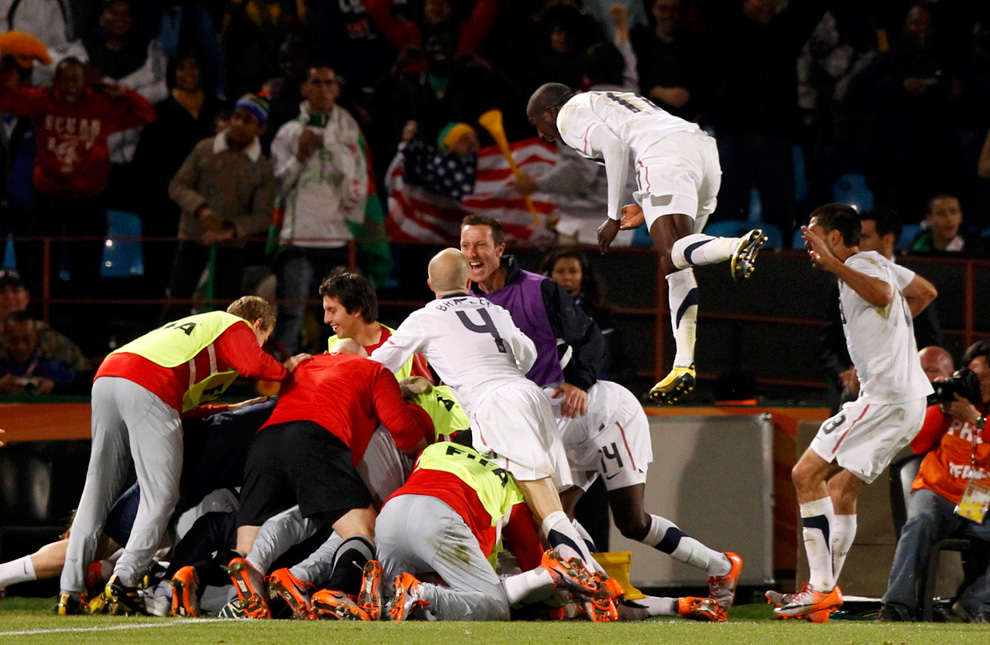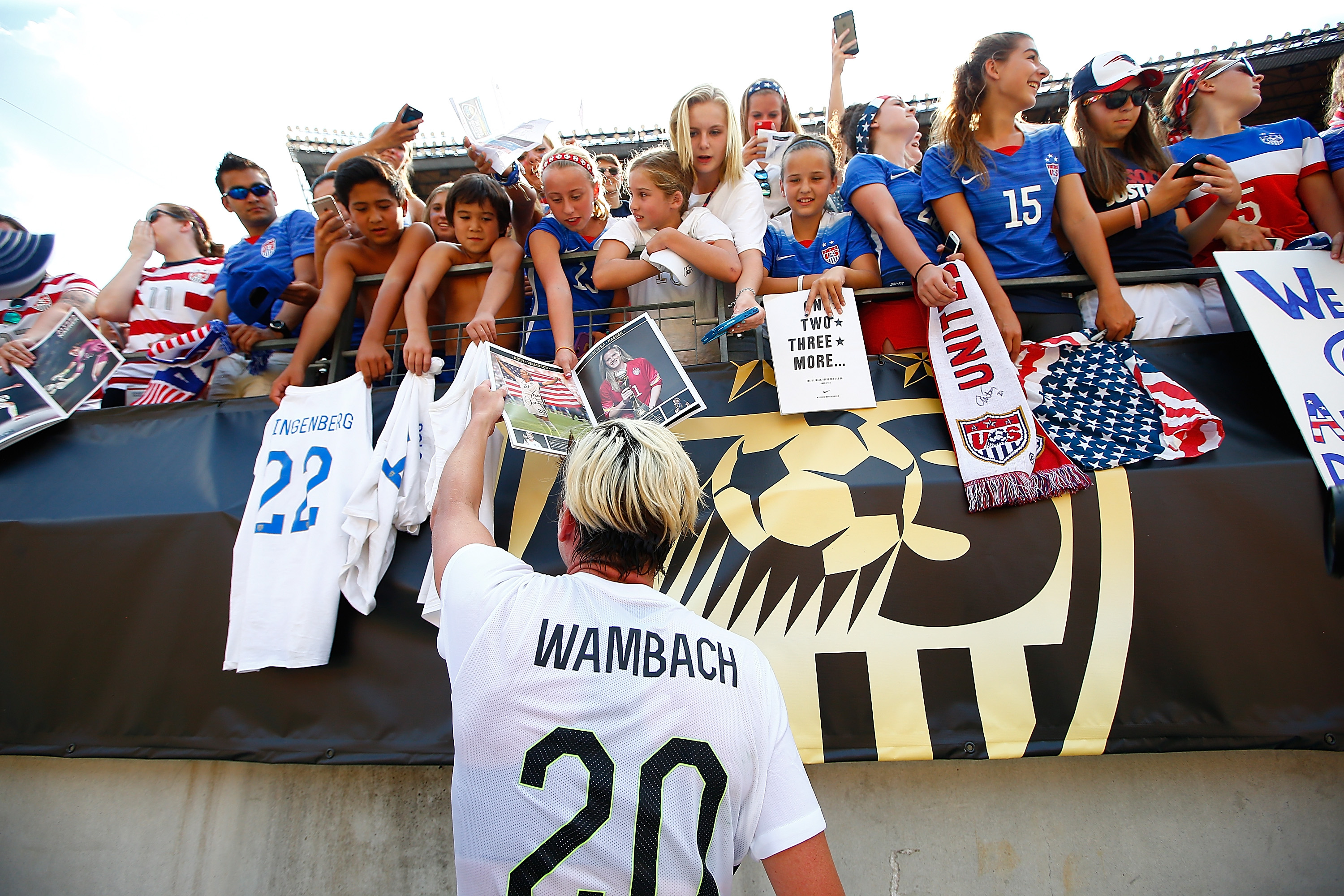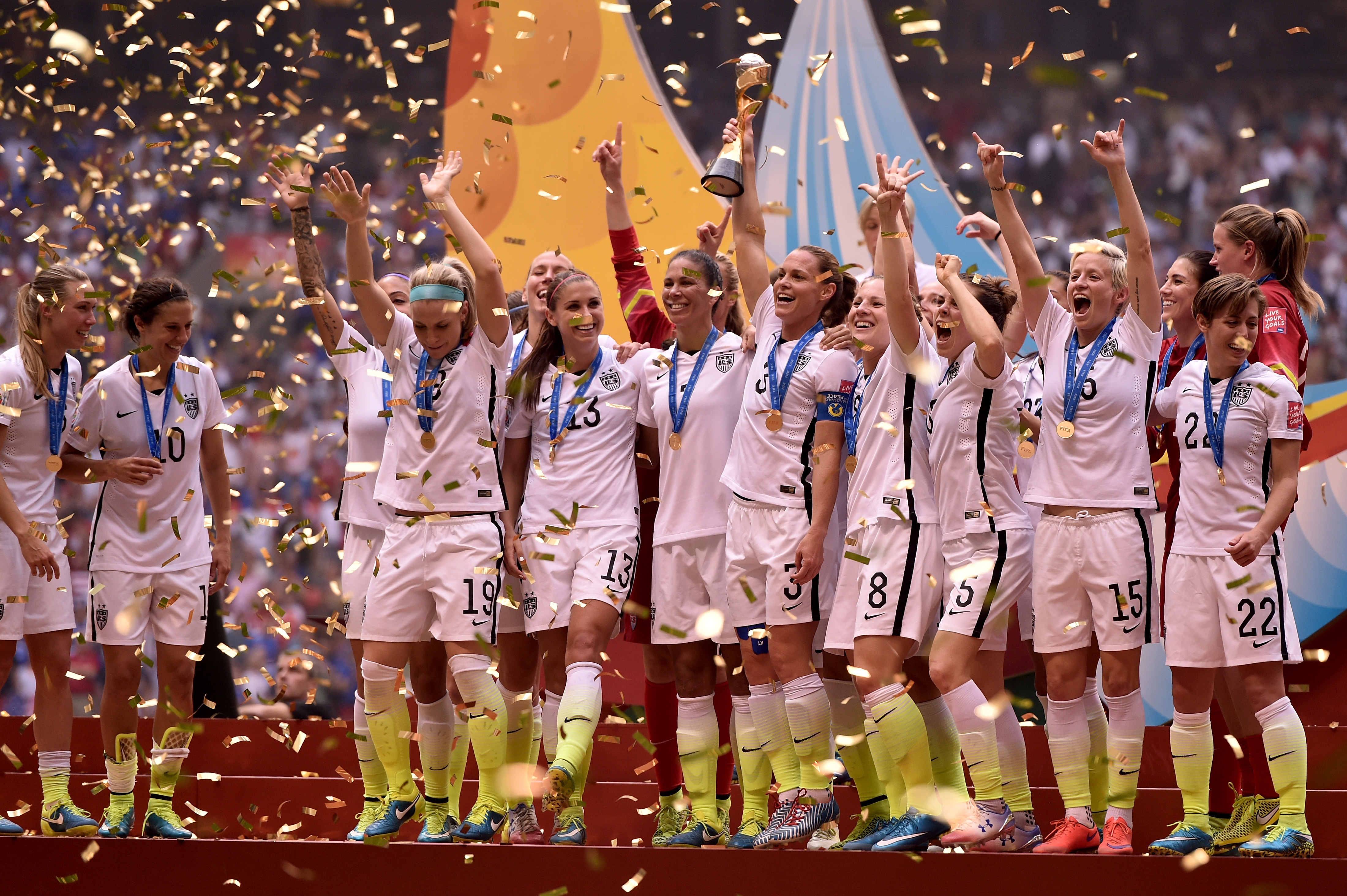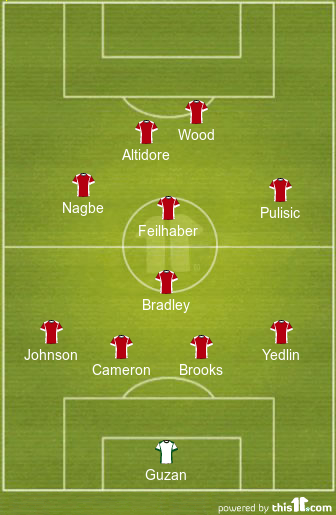Bruce Arena’s first two matches as manager of the United States national team have concluded, and there are decidedly mixed opinions on his and the team’s performance. For some, 0-0 and 1-0 results against C and B level Serbia and Jamaica is simply not enough, while for others, the incremental progress seen throughout the MLS-filled January roster makes up for any underwhelming results.
It is certainly true that failing to score a single goal over 140 minutes against the second and third squads of lower-tier UEFA and CONCACAF opponents is not ideal. Considering the personnel Arena was putting out — not the first team, but there were plenty of starters and fringe starters — they should have been able to put up a bit more against lineups filled with Serbian SuperLiga and Jamaican National Premier League players.
But it’s important to think a bit deeper here.
I’ll admit I watch soccer different than most traditional soccer fans but, peoples, this isn’t bad. Actually this good. #ProccessOverResults
— Harrison Crow (@Harrison_Crow) February 4, 2017
Process over results.
Sure, the final ball was often not there, and yes, the U.S. could have been more inventive going forward, but these things happen in preseason friendlies where players are on the field for the first time in three or four months. We should be more focused on individual performances and regaining team cohesiveness than we should scorelines from games taking place on crappy Chattanooga, Tennessee fields.
So before getting too worried or worked up about the must-win March 24th World Cup qualifier against Honduras based on a couple January friendlies, remember that there are more important things to think about that we learned this January:
- Benny Feilhaber > Sacha Kljestan (at least for right now)
One of the most important battles going into the winter camp was between central playmakers Benny feilhaber and Sacha Kljestan. Both players are good fits for whatever system Arena wants to put out given their ability to work effectively in a two-man midfield, and it was almost certain that one of them could put themselves on the fast track toward a starting spot in March.
So who won the first battle? That would be Benny, finally back to the national team after a way-too-long absence due to Jurgen Klinsmann. He was effective in a 15-minute cameo against Serbia, and then was as close to masterful against Jamaica as anybody was going to get:
59′ – Jordan Morris finds the back of the net for his second career international goal to make it 1-0 #USMNT pic.twitter.com/93Ymnu4uro
— Sounder At Heart (@sounderatheart) February 4, 2017
He set up the only goal of the two games with smart, clever combination play outside the box and a well-weighted ball to Jordan Morris. He didn’t do these kinds of things enough (that’s his and Kljestan’s main criticism from the past week), but when you add the one time he did with his effective, meaningful passing around (if not into) the final third, it puts him above the mostly anonymous Kljestan.
The Red Bulls’ assist-getter left the camp after the Serbia game to become a father (congratulations, Sacha) so he did not get a second opportunity to improve his standing against Feilhaber. Round one of Feilhaber v. Kljestan overwhelmingly goes to Benny, who was pretty clearly the man of the match on Friday against Jamaica.
There’s plenty of time for developments to happen, though. One of them could pull away once the MLS season starts in early March, and maybe another player steps up and takes the spot for themselves — looking at you, Lee Nguyen and Kelyn Rowe.
- So, about that full back situation…
Pretty clearly the weakest position in the US pool is full back, where only DeAndre Yedlin can lay claim to being a shoo-in roster selection. Fabian Johnson, a top-quality Bundesliga and Champions League winger, has had to play left back in the past (he’s been getting better at the position) but it could be invaluable if Arena were able to find a trusted starting left back who allows Johnson to move to the attack permanently.
Graham Zusi, a long time outside midfielder for club and country, is currently learning the position of right back, and got plenty of time to test himself in the friendlies. He was good at times, but he was tentative on the overlap and struggled with some of the complexities of the position, like when and when not to press and how to mark and track an opposing attacker.
He’s good depth, but would be a disaster to play him in a must-win game at the position.
Santos Laguna left back Jorge Villafaña, though, could force himself into consideration by March. He was quietly solid against Jamaica and combined well with left midfielder Sebastian Lletget, putting him in position to make a run at a starting job. This all depends on his playing time in Mexico, however, and that time is simply not there right now.
- Some other quick thoughts:
- Lletget was great on the wing and as a No. 8 next to Michael Bradley. He should have been called up a while ago.
- Darlington Nagbe has also been great, and don’t be surprised if starts as an inverted left midfielder in March.
- Starting center back Geoff Cameron may or may not be available against Honduras due to injury, leaving an empty spot next to John Brooks on the backline. The front-runner for that spot could well be Steve Birnbaum, who has done his job well in 180 minutes.
- Neither Jordan Morris nor Juan Agudelo did a whole lot to improve their stock at striker against Jamaica. They started together up top a 4-1-3-2, and while Morris scored a goal and Agudelo showed well holding the ball up a couple times, they didn’t make a serious move up the crowded depth chart at the position.
- This is what the lineup should look like in March:
The 4-1-3-2 is the best option for the US, because it allows two of the best players in the pool — Bobby Wood and Jozy Altidore — to play together up top. Darlington Nagbe can be a secondary creator alongside Feilhaber, while Pulisic adds a goal-dangerous threat on the right. I don’t think Villafana will play much over the next month and a half, so Johnson sticks at left back.
That’s a good team. Don’t let a couple boring results against subpar competition tell you otherwise. The real test will come in March.







